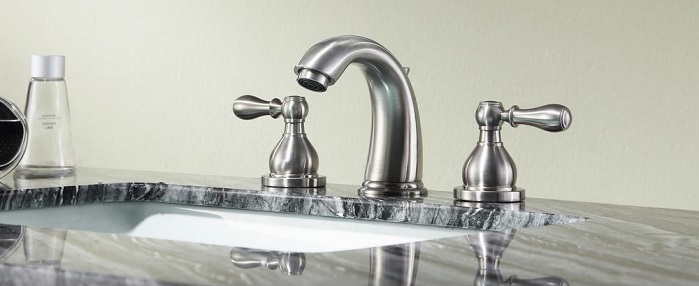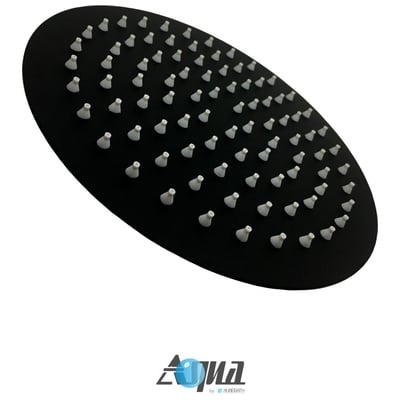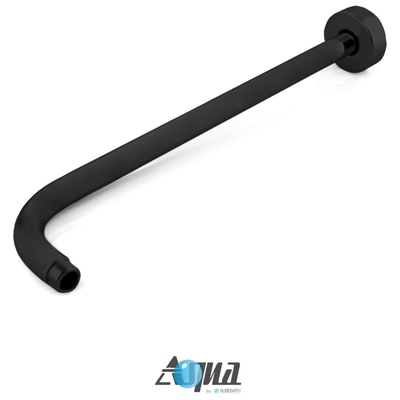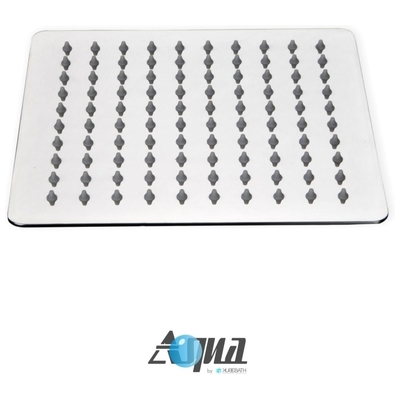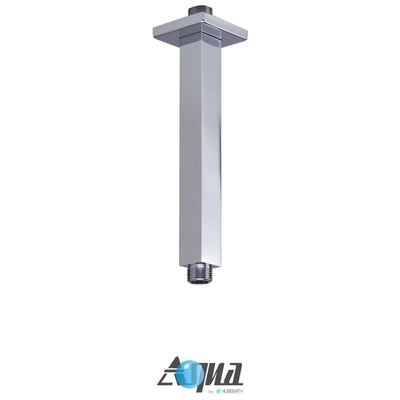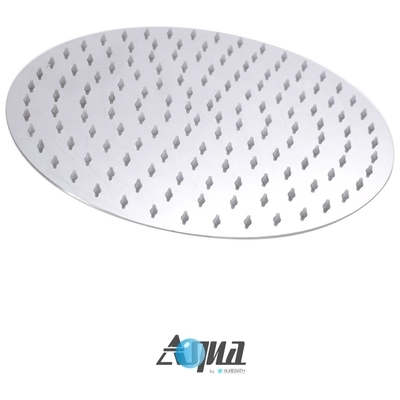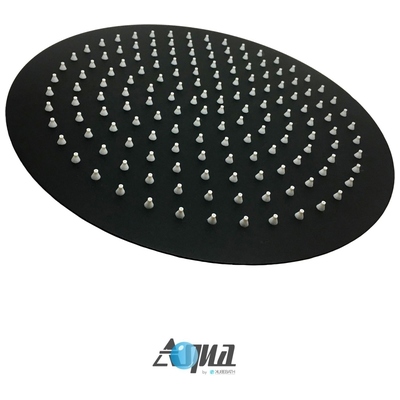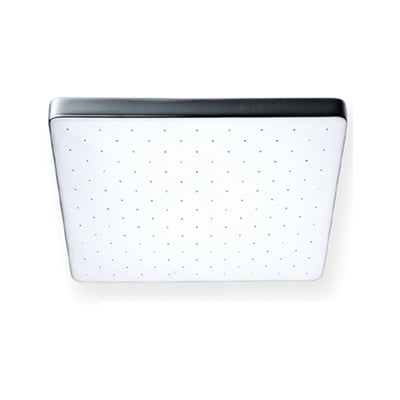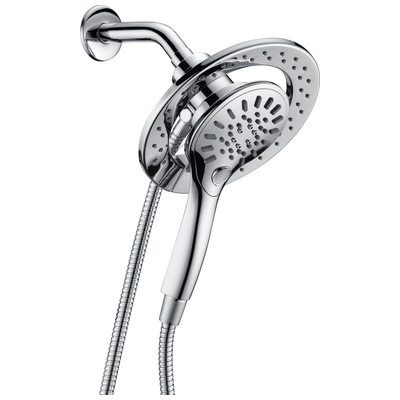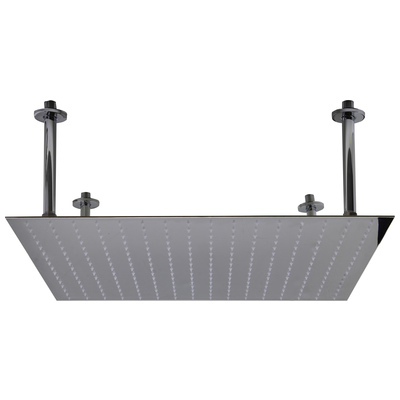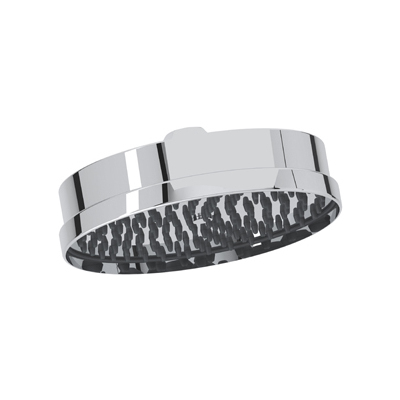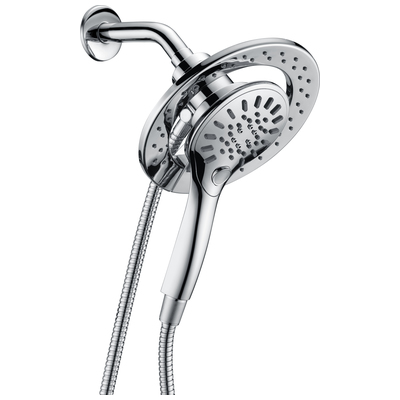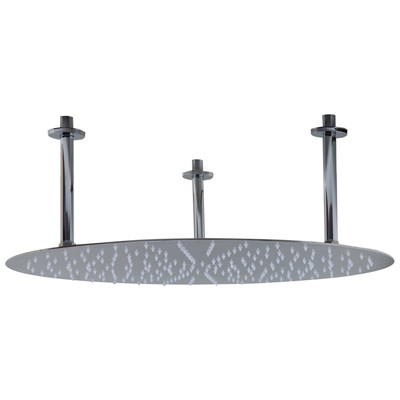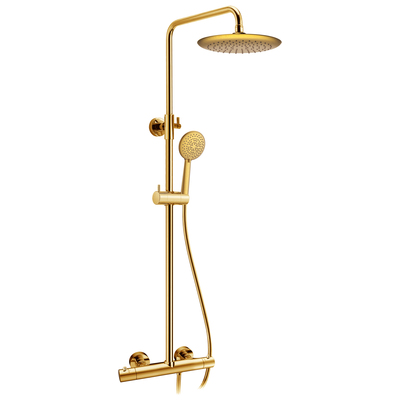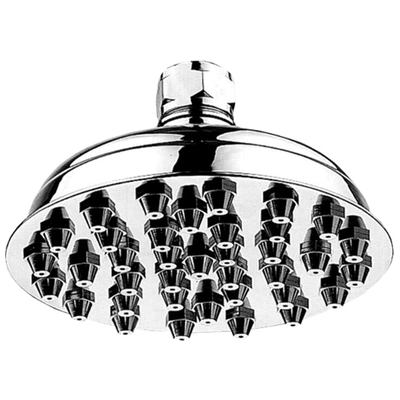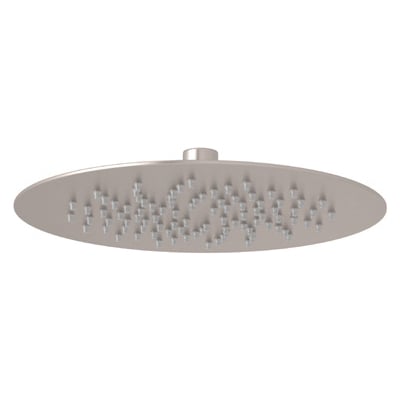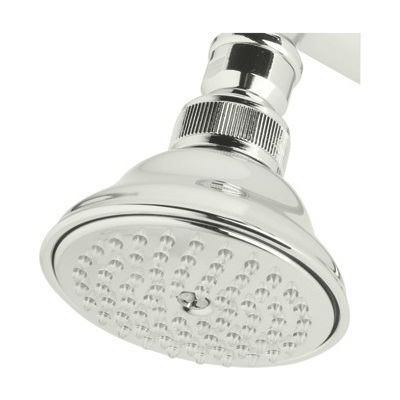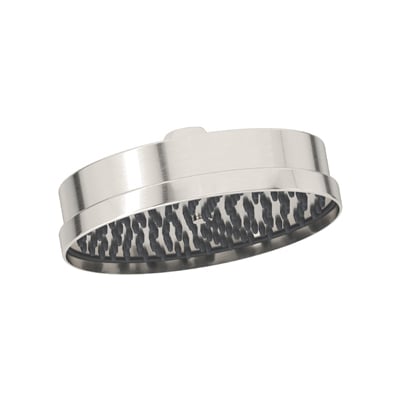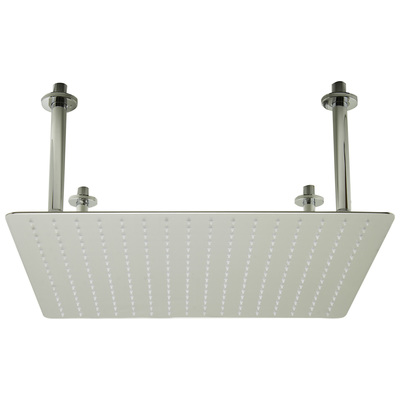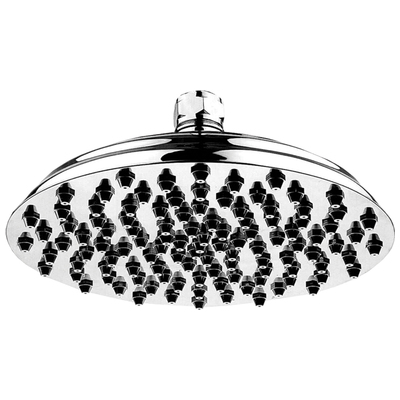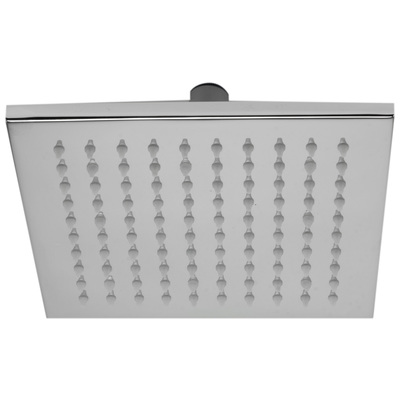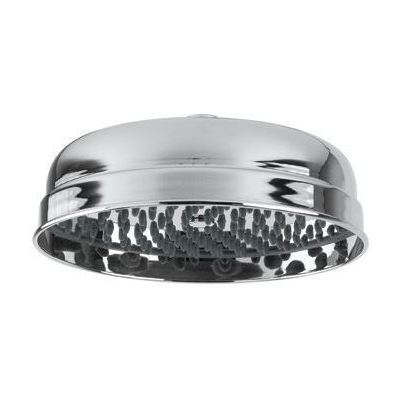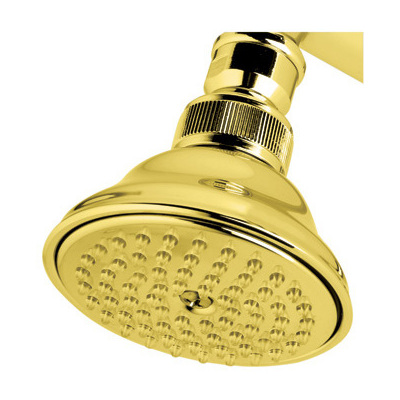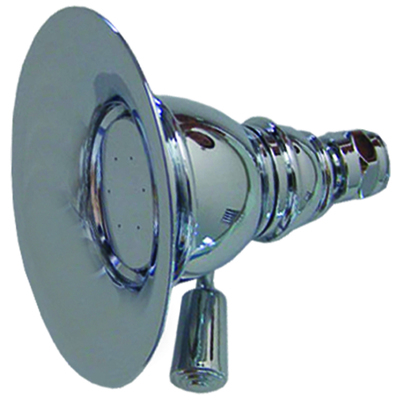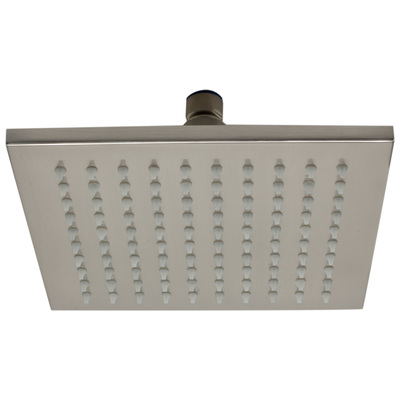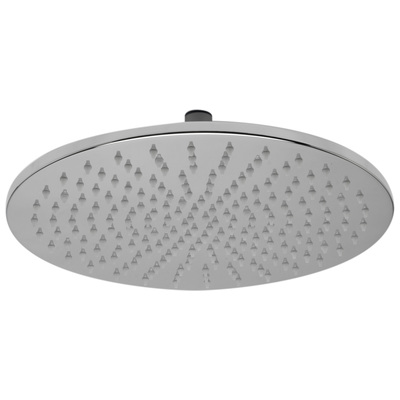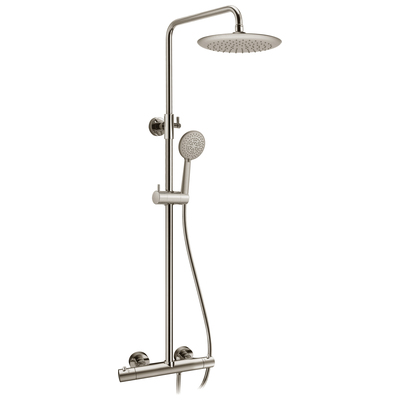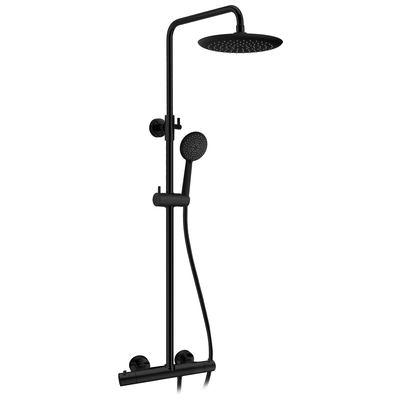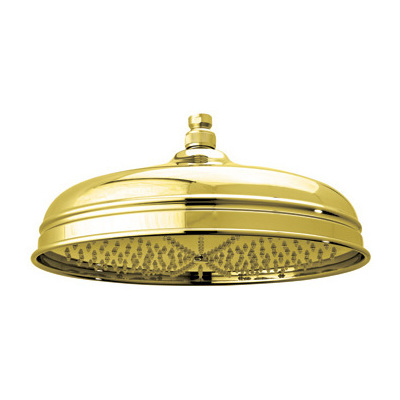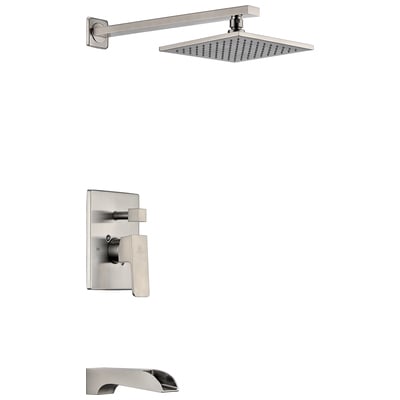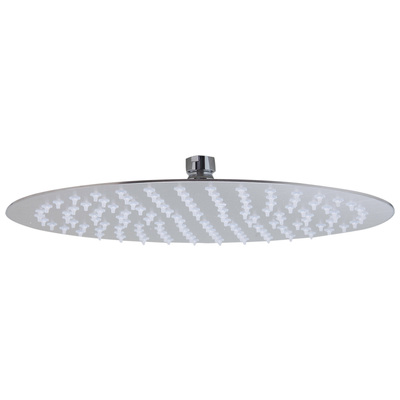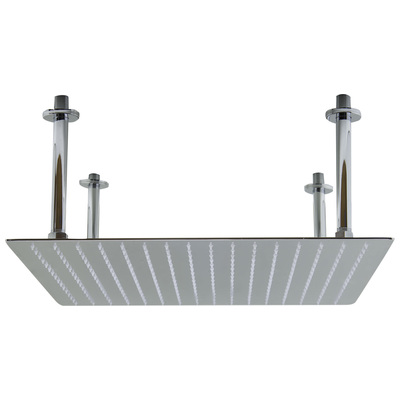A few days ago, my kitchen faucet started to drip. For most people, this would probably be a minor annoyance at worst. But it was dripping pretty steadily, and, in my stainless steel sink, none too quietly. Being the environmentally minded adult that I am, I put a big dutch oven under the faucet to catch the water to use for… something (I didn’t really think that far). The result was an even louder, more maddening drip, and the realization that a steadily dripping faucet wastes about a gallon of water a day. Sure, in the grand scheme of things that isn’t a ton, but it adds up a whole lot faster than you’d think. I’ve since gotten the broken washer that was causing the problem replaced, but the whole ordeal has me thinking about all the seemingly innocuous ways we end up wasting water.
Fix Leaky Faucets
I wish I could say there was no excuse to live with a leaky faucet. But the fact is, there are plenty of excuses, and often pretty good ones – it’s why so many of us put off or ignore them. After all, each drip seems terribly inconsequential, and while fixing a leaky faucet is quick, easy, and inexpensive if you know what you’re doing, if you don’t know what you’re doing, it’s anything BUT easy. Calling a plumber sucks, waiting around for the plumber sucks, and paying the plumber really sucks. But a freely dripping sink – to say nothing of homes with more than one – can have a noticeable impact on your water consumption. Ultimately, it’s a huge waste that can usually be eliminated entirely simply by replacing a rubber washer.
Nix Inefficient Faucets
If eliminating leaky faucets is the obvious one, getting rid of inefficient faucets is probably one that never crossed your mind. Increasingly modern designers are making low flow faucets that use special aerators (those little mesh things that screw onto the tap) to reduce water use without feeling like they use less water. This is a tricky business, but one that manufacturers have put a lot of effort into in recent years. In the case of kitchen and bathroom faucets, it means forcing water through small filters to mix air into the water (or “aerate” it), creating small bubbles that make water feel, well, like more, higher pressure water than it is. Of all the water saving upgrades you can make, replacing your faucet is probably the most innocuous, and the place where you’re least likely to even notice the swap – except in terms of your water bill. Not sure where to start? Look for faucets with a “WaterSense” logo on the label.
Replace Old Toilets
One of the more heated points of contention in terms of water saving technology is the low-flow toilet. In the early 90’s the US government passed stricter laws about how much water toilets are allowed per flush, and the hasty change-over resulted in some really poorly functioning toilets that left “low flow” as a whole with something of a bad rap. But in the decades since, low flow toilet technology has come a long way. Now, low flow, dual-flush toilets can use less than half or even a quarter of the water they used to without losing power or functionality. If you’ve been holding off because you think a low flow toilet just means you’ll have to flush twice, know that the time of truly terrible low flow toilets has passed, while innovative new designs offer a marked improvement both in performance and water use.
Upgrade Your Shower Heads

Just like older toilets, a shower head you’ve had for more than a decade or so is probably using a lot more water than it should, or that it really needs to. Now, as huffy as people get about upgrading to a low-flow toilet, it doesn’t hold a candle to people’s reluctance to replace a high powered shower head. It’s a sentiment I definitely share: there’s nothing worse than a shower that just sort of spits on you. But newer shower heads have special aerators that replicate high pressure shower heads while using significantly less water. Plus, they’re relatively inexpensive and easy to replace on your own, so there’s no reason not to at least see what kind of difference they can make.
Shop Showerheads:
Stop Waiting For Hot Water

Yeah, I know – I do it, you do it, we all do it. You want your water hot and there’s no hot water to be found, so you let water run down the drain until you get it. Unfortunately, this adds up a whole lot faster than a leaky faucet. The good news, though, is that there is a remedy: point of use tankless water heaters. These come in different sizes and forms, from compact versions intended for hot water dispensers in your kitchen to larger models designed to heat a shower or even your own home. Even the largest models are on the small side, designed to be installed inside cabinets, and are powered by electricity. Point of use water heaters heat water directly in the pipes a few inches or feet (rather than a whole house) away from the tap, so water is hot as soon as you turn it on. They also have the added bonus of being much more energy efficient than a standard water heater, and will never run out of hot water.
Don’t Leave It Running

This is a sin I’d venture to say most of us are guilty of. Whether it’s leaving the kitchen faucet running while you load the dishwasher or turning on the bathroom tap while you brush your teeth, one of the biggest water wasters is simple negligence: letting water run in your sink or shower or from your garden hose or wherever when you aren’t using it. This stems from living in a water-rich country where there aren’t any obvious (let alone dire) consequences for wasting water, and because of that it’s a hard habit to break. My mom’s been nagging my dad about it incessantly for as long as I can remember, but it hasn’t changed him much. If you’re serious about reducing your water consumption, though, think honestly about the times you leave the water running. If it’s mostly in the kitchen when your hands are messy, consider investing in a touch faucet that’s easier to turn on and off. If it’s mostly in the bathroom while you’re grooming, motion-activated faucets are also available for the home and are nicely self-enforcing.
Of course, these are just a very few of the ways to start cutting down your water consumption. All the water you use outdoors counts, too, as does the water used by your appliances. But being aware of your water usage as you update your home is important. Need a new dishwasher? Don’t just get one with an EnergyStar rating, look for one with a WaterSense rating, too. Redoing your landscaping? Look for local plants that thrive in your climate without a lot of excess water, and consider installing a rain barrel and using rain water to water your plants. What are some of your favorite ways to cut down water usage in your home?

